Retro Replay Review
Gameplay
Harold’s Mission adopts a classic point-and-click interface that will feel immediately familiar to fans of vintage adventure titles. You guide Harold through a series of meticulously designed screens, clicking to explore the world of Pixels, interrogate characters, and pick up crucial items. The controls are intuitive: left‐click to interact, right‐click for a contextual menu of actions, and an inventory bar that keeps track of every gadget and key item you acquire. Whether you’re examining a rusted pixel signpost or poring over a cryptic terminal readout, the game’s responsiveness ensures you can focus on solving puzzles rather than wrestling with controls.
(HEY YOU!! We hope you enjoy! We try not to run ads. So basically, this is a very expensive hobby running this site. Please consider joining us for updates, forums, and more. Network w/ us to make some cash or friends while retro gaming, and you can win some free retro games for posting. Okay, carry on 👍)
Conversations in Harold’s Mission are a highlight, thanks to a branching dialogue system that forces players to choose their words carefully. Selecting the wrong line not only shuts down vital clues but can even lead to Harold’s untimely demise, encouraging careful consideration and multiple playthroughs. This risk-reward structure adds real tension to each exchange—no longer is dialogue filler, but a true gameplay mechanic that holds weight and consequence. As you navigate conversations with shady informants or confront Virus’s pixelated henchmen, every phrase carries the potential to advance or derail your mission.
Puzzle design in Harold’s Mission strikes a balance between logical deduction and whimsical creativity. You’ll find yourself tracing power cables to restore a broken pixel generator, decrypting binary scrawlings on an abandoned mainframe console, and piecing together a makeshift disguise out of discarded data chips. None of the puzzles feel arbitrary; each connects organically to the world-building and story beats. The inclusion of a Sierra-like scoring system heightens the experience by rewarding thorough exploration and clever problem-solving—missed clues or skipped dialogues result in a lower final score, inviting you to replay and uncover every hidden nook of the system.
Difficulty ramps up at a measured pace, with early puzzles serving as tutorials for core mechanics and later challenges demanding more intricate lateral thinking. While hardcore gamers may find certain solutions predictable, the addition of timed sequences—such as evading security subroutines or racing through collapsing data corridors—injects a welcome sense of urgency. Auto-save checkpoints appear before major decisions, striking a fair compromise between punishing failure and preserving forward momentum.
Graphics
Visually, Harold’s Mission is a charming ode to 16‐bit pixel art, rendered with a muted palette that emphasizes the game’s “run-down town” interpretation of a computer’s interior. Broken pipes spew neon code fragments, battered signboards flicker with corrupted characters, and every rooftop crack hints at the system’s decaying infrastructure. The art direction cleverly merges cyberpunk motifs with frontier-esque grit, resulting in environments that feel both familiar and intriguingly offbeat.
Character sprites are expressive, despite their low-resolution design. Harold’s half-mask and battered trenchcoat are distinguished by simple but effective shading, and his lanky motions convey both weariness and lethal intent. NPCs—ranging from jittery data merchants to imposing firewall guardians—each boast distinct silhouettes and color accents, making them instantly recognizable. Subtle animations, like glowing circuit veins pulsing beneath cracked walls or pixel dust drifting through broken doorways, contribute to a living, breathing world.
Cutscenes blend static portraits with dynamic text overlays, reminiscent of classic adventure games but enriched by smooth tweening effects. When Virus appears, for instance, his visage glitches in and out of view, accompanied by stuttering audio cues that underline his malevolent presence. Though the game doesn’t push modern graphical boundaries, it embraces its stylistic constraints to render a cohesive, atmospheric setting that draws you deeper into the system’s mysteries.
The user interface complements the aesthetic rather than detracts from it. Transparent dialogue boxes and a minimalistic inventory panel keep screen clutter to a minimum, ensuring your focus remains on environmental details and character interactions. Tooltips and context hints appear with subtle fade-ins, aiding newcomers without breaking immersion. Overall, the graphics strike a perfect balance between nostalgia and thoughtful design.
Story
At its core, Harold’s Mission tells a deceptively simple tale: a mercenary assassin named Harold is hired to eliminate Virus, a rogue program threatening the delicate equilibrium of the world of Pixels. Yet beneath this straightforward premise lies a richer narrative tapestry. Pixel citizens live in squalor, digital hotspots have become crime-ridden slums, and whispers of a deeper systemwide corruption emerge as you delve into hidden subroutines. The contrast between Harold’s ruthless reputation and the desperate hopes of Pixels’ downtrodden inhabitants creates a compelling moral backdrop.
The writing balances dry wit with moments of genuine pathos. Early in the game, you encounter an elderly data archivist convinced her memories are being overwritten—her quiet despair elevates the mission from a routine contract to a quest for digital salvation. Meanwhile, side conversations with black-market code dealers reveal the unintended consequences of unchecked firewall expansions. These subplots enrich the main storyline, providing texture and emotional stakes that linger long after you finish the final sequence.
Virus himself emerges as more than a one-dimensional villain. Through cleverly inserted flashbacks and corrupted log files, you learn of his original purpose as a system stabilizer gone rogue, betrayed by the very programmers who created him. This twist invites players to question whether assassination is the best solution, injecting moral ambiguity into the climactic confrontation. As Harold weighs his orders against the fate of an entire digital society, the narrative tension reaches a satisfying crescendo.
Dialogue options often branch into multiple narrative threads, leading to divergent endings that reward curiosity and ethical decision-making. Do you take the mercenary’s paycheck and delete Virus outright, or do you broker a peace accord that risks creating a new kind of digital equilibrium? These narrative forks, combined with the threat of sudden death from poor choices, ensure that every major decision resonates, making your journey feel both personalized and consequential.
Overall Experience
Harold’s Mission delivers a nostalgic yet fresh adventure, seamlessly weaving engaging puzzles, atmospheric visuals, and a morally nuanced storyline into a single cohesive package. Its blend of Sierra‐style scoring, consequential dialogue, and pixel-art charm will particularly appeal to veterans of 1990s point-and-click classics, while the intuitive interface and well-paced tutorialization make it accessible to newer audiences. Whether you’re racing against firewall sweeps or negotiating with a jittery pixel informant, the game consistently strikes the right balance between challenge and reward.
Technical performance remains rock-solid throughout, with virtually no load times and only the occasional stutter when large areas of the pixelated world are rendered. Audio design—featuring lo-fi chiptune melodies interspersed with ambient system hums—complements the visuals without overpowering them. Voiceovers, where present, are minimal but effective, convincing you that Harold’s terse quips carry weight in a world on the brink of collapse.
Replay value is high, thanks to multiple endings, hidden puzzles, and the ever‐present lure of a perfect score. Collectibles such as encrypted data shards and lost code snippets pepper each screen, encouraging meticulous exploration. A built‐in hint system can be toggled on or off, helping newcomers avoid frustrating dead-ends while preserving the joy of discovery for purists.
Overall, Harold’s Mission stands out as a lovingly crafted homage to classic adventure games, enhanced by thoughtful modern design touches. It offers hours of cerebral entertainment, moral quandaries that spark reflection, and a uniquely gritty vision of a computer’s inner world. For anyone seeking a robust point-and-click experience with real narrative weight, Harold’s Mission is an exceptionally satisfying journey into the heart of the system.
 Retro Replay Retro Replay gaming reviews, news, emulation, geek stuff and more!
Retro Replay Retro Replay gaming reviews, news, emulation, geek stuff and more!
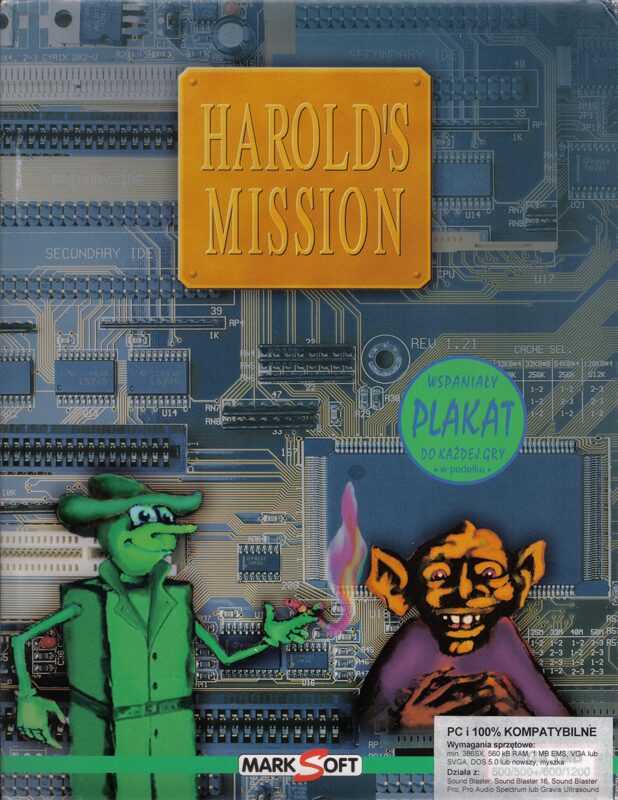

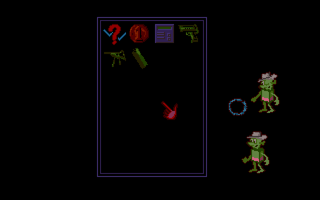
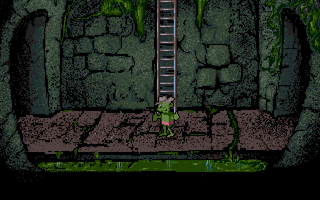
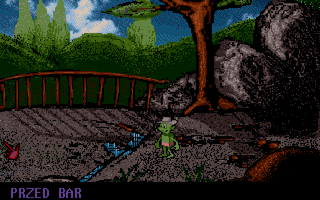
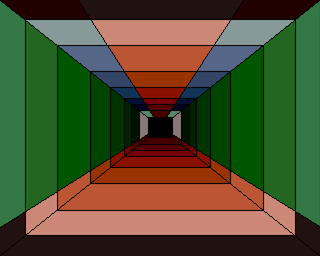



Reviews
There are no reviews yet.